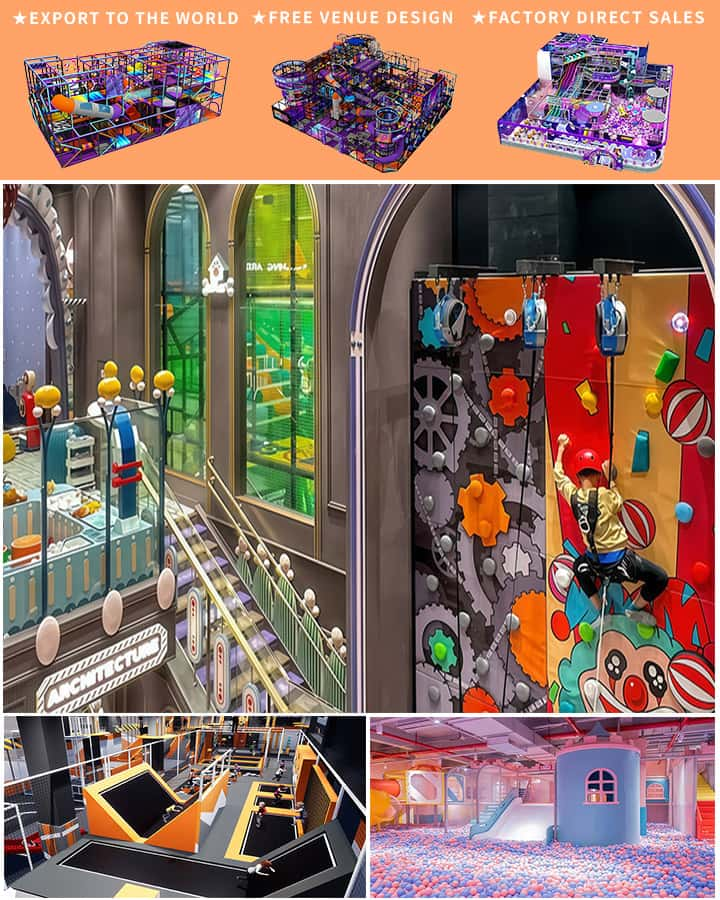In recent years, the need for inclusive recreational spaces has gained significant attention, particularly in the context of children with autism. Indoor playgrounds specifically designed for this demographic have emerged as vital environments that offer both developmental and therapeutic benefits. These specially designed areas provide safe, sensory-rich, and engaging experiences that can significantly enhance the physical, social, and emotional well-being of children with autism.
Understanding the Needs of Children with Autism
Children with autism spectrum disorder (ASD) often experience challenges in sensory processing, motor skills, and social interactions. Traditional playgrounds may not be conducive to their unique needs, potentially leading to anxiety or overstimulation. Consequently, there is a growing demand for indoor playgrounds tailored to meet these specific requirements.
Key Features of Indoor Playgrounds for Children with Autism
- Sensory-Rich Environments: These playgrounds are equipped with various sensory elements such as soft lighting, textured surfaces, and calming colors. Sensory play panels, bubble tubes, and interactive installations are designed to engage the child’s senses and promote sensory integration.

Safe and Controlled Space: Indoor playgrounds offer a controlled environment where caregivers can supervise their children closely. This setting minimizes the risk of unexpected sensory overload or safety hazards commonly encountered in outdoor playgrounds.
Customized Equipment: Play structures are often designed to cater to different abilities and needs. Swings with back support, gentle slides with adjustable heights, and climbing frames with varied textures can help build motor skills while providing enjoyable experiences.
Quiet Areas: Recognizing the importance of downtime and relaxation, many indoor playgrounds include quiet zones or sensory retreat rooms. These areas are designed to help children who feel overwhelmed by sensory stimuli to regain their composure.
Social Interaction Opportunities: Indoor playgrounds provide a structured yet flexible environment where children with autism can interact with peers under guided conditions. Group activities, story sessions, and cooperative play setups encourage social bonding and communication skills.
Benefits Beyond Play
The advantages of such specialized playgrounds extend beyond mere entertainment. They serve as therapeutic tools that can aid in the overall development of a child with autism:
Improvement in Motor Skills: Engaging in physical activities within a safe and accommodating space helps in developing gross and fine motor skills, which are often areas of difficulty for children with autism.
Enhanced Social Skills: Regular interaction with other children and caregivers in a structured setting can improve socialization skills, helping children learn to navigate social cues and relationships better.
Emotional Regulation: The calming aspects of these indoor playgrounds help children develop strategies for managing emotions and coping with stress.
Boosted Confidence: Successfully navigating play structures and participating in group activities can boost self-esteem and provide a sense of accomplishment.
Conclusion
Indoor playgrounds designed for children with autism represent an essential step towards creating more inclusive communities. By offering tailored recreational spaces that address the unique needs of these children, we pave the way for enhanced physical health, improved social interactions, and overall well-being. As awareness and resources continue to grow, it is imperative to advocate for and invest in these specialized environments, ensuring that every child has the opportunity to thrive through the joy of play.




